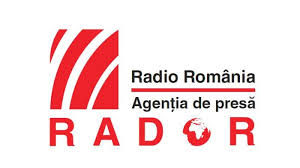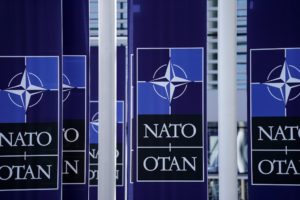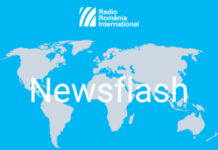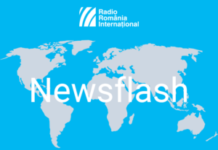Colonel de Feligonde said that at the beginning of the conflict light infantry was deployed, but later France and NATO opted for a different posture in this part of Europe, and a heavy armoured battalion has been deployed here. We are going to move from light to heavy-armoured vehicles. We are here for a joint training with Romanian and Dutch troops, part of the French battalion which will be training in Cincu and in other parts of Romania as well.
Romanian colonel Tiberiu Cojocaru with the Headquarters Multinational Division South-East has welcomed the convoy and explained that the first convoy was part of the third rotation of the NATO battle group deployed to Romania, to the joint training camp here. We are looking forward to seeing the joint training of French and Romanian troops, in Cincu and in other places to strengthen the allied cohesion and ensure the security of the territories of all NATO member countries.
The NATO Battle Group was set up in May by transforming the multinational allied elements of the NATO Response force deployed to Romania. Upon the French proposal to take over the role of the Framework Nation, the French battalion deployed to Romania, considered the spearhead of the high-readiness NATO Response Force, is actually forging this group through the rotational integration of troops from Belgium and the Netherlands.
Spain will also be contributing to the consolidation of NATO’s eastern flank against the background of the war in Ukraine. Madrid announced the deployment of F-18 and Eurofighter jets to Romania and Bulgaria. The planes are to land in Fetesti, southern Romania and until March next year they will be doing patrolling missions in the region.
This is Spain’s response to the allies’ request for an increased contribution to NATO’s response and preemptive capabilities, the Spanish Defence Ministry has announced. Spain has already installed a long-range radar in Dobrogea, south-eastern Romania.
Ştefan Stoica, Radio Romania International











